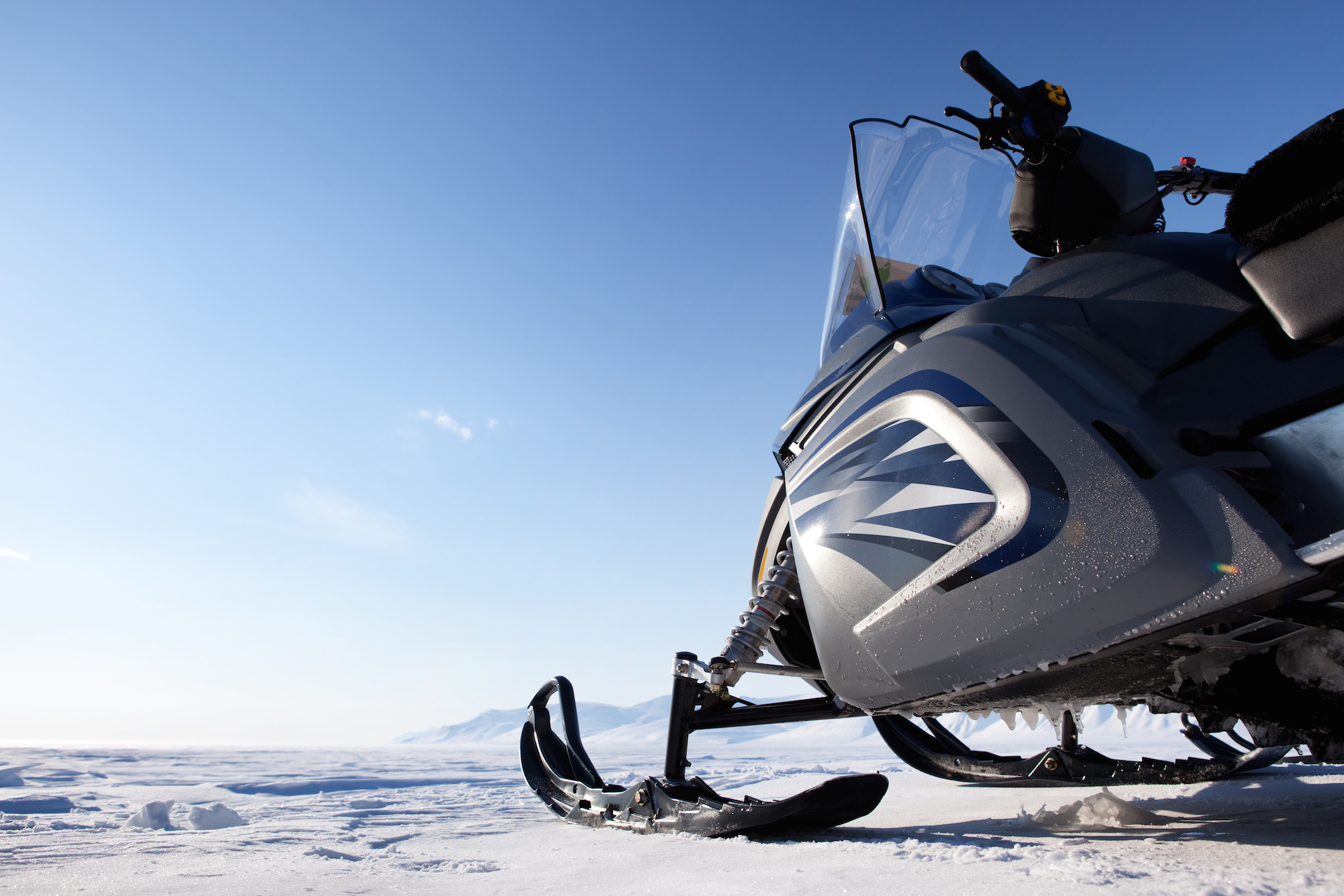
Reporter David Rasbach from the Bellingham Herald reports the Whatcom County Jail in downtown Bellingham has seen a COVID-19 outbreak the past few days. The present outbreak has spread to 10 corrections deputies and one person housed at the jail.
Rasbach reports that since late in 2020, all corrections deputies at the jail have been tested for COVID weekly. One of the deputies tested positive on Saturday, Aug. 14.
“Over the following three days, additional corrections deputies tested positive during their weekly screening,” said Whatcom County Sheriff’s Office spokesperson Deb Slater. “We began working with the Whatcom County Health Department to track down the source of the infection.
Apparently, several corrections deputies contracted COVID while booking an individual who was uncooperative. This individual refused to answer any health-related questions or take a rapid COVID-19 test and demonstrated uncontrolled behavior during the booking process.
The sheriff’s office’s Corrections Bureau has since increased its rapid testing of deputies to daily, and additional personal protective equipment protocols have been put in place, according to Slater.
In January, the Work Center had an outbreak that affected 37 people, leading to some of the testing protocols now in place at the jail.
My opinion? A jail sentence should not become a death sentence. And yet our jails and prisons are filled with people with preexisting medical conditions that put them a heightened risk for complications from COVID-19. Our jails and prisons house large numbers of people with chronic diseases and complex medical needs who are more vulnerable to COVID-19. At the beginning of the pandemic, jails cut their populations by as much as 30%, helping to protect many of these people. But states and counties abandoned their efforts to keep jail populations low as the pandemic wore on.
Please review my Legal Guide titled Making Bail and contact my office if you, a friend or family member are jailed and charged with a crime during this COVID-19 Pandemic. Hiring an effective and competent defense attorney is the best step toward justice. Nowadays, it may save your life.














